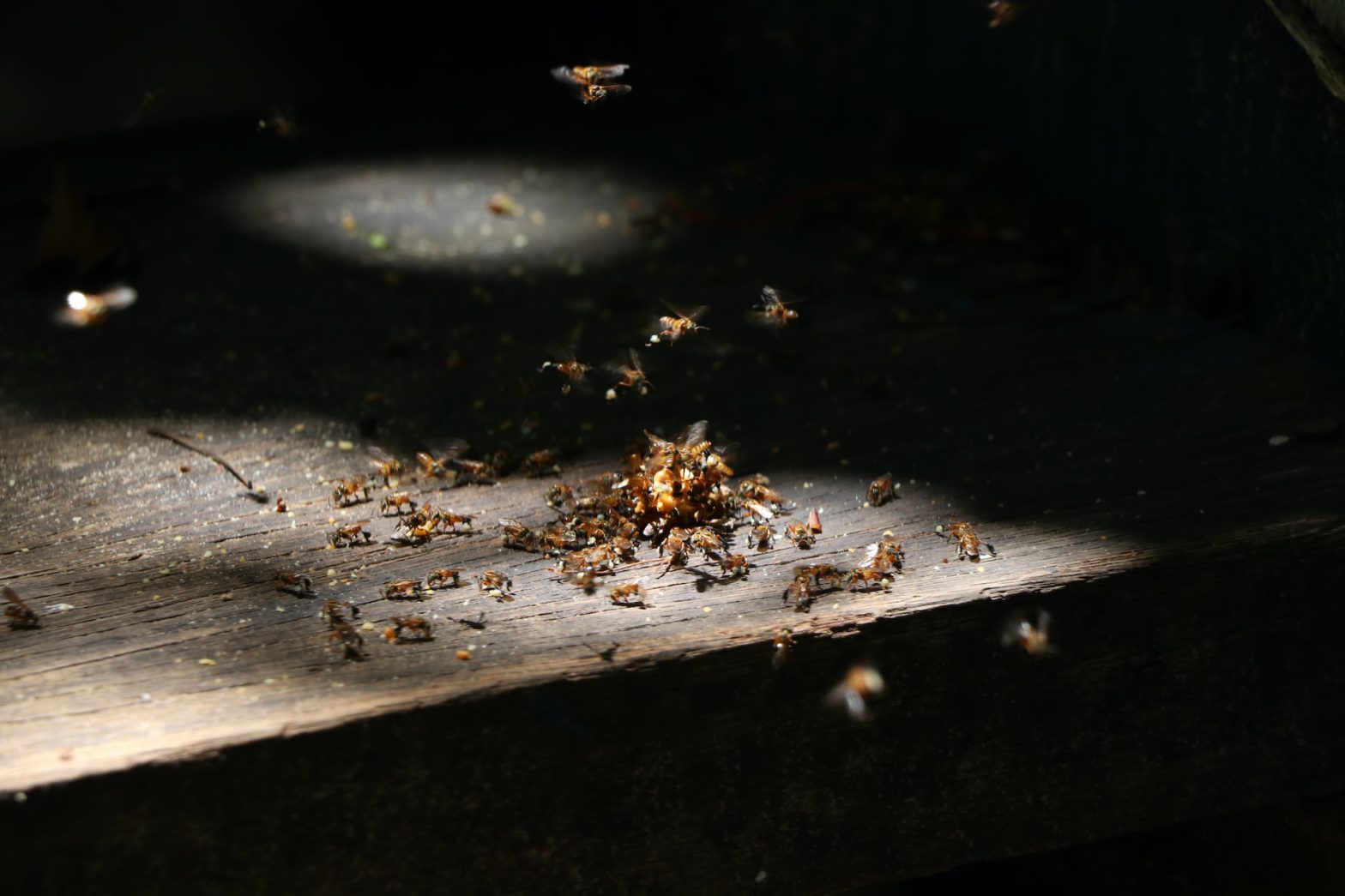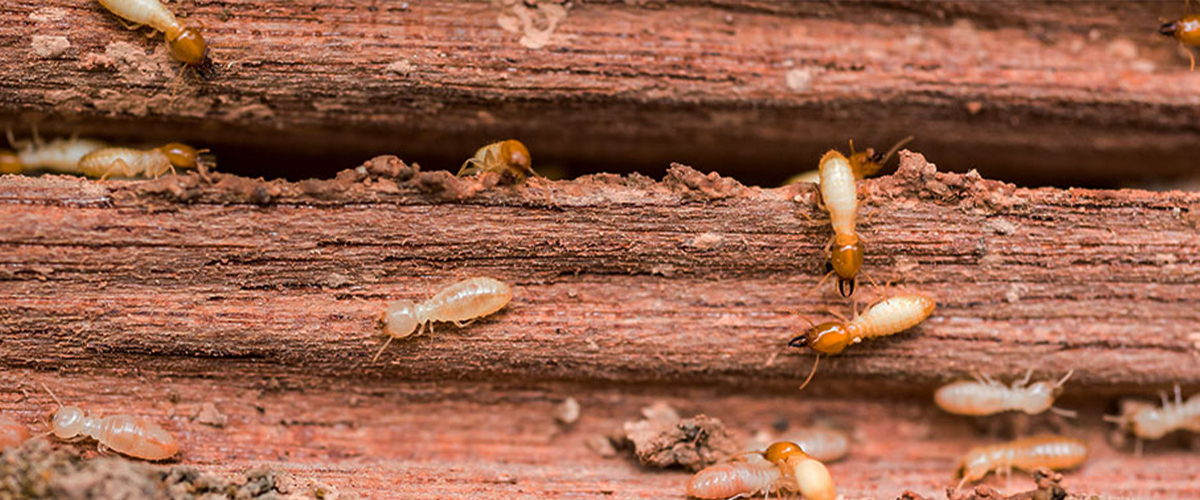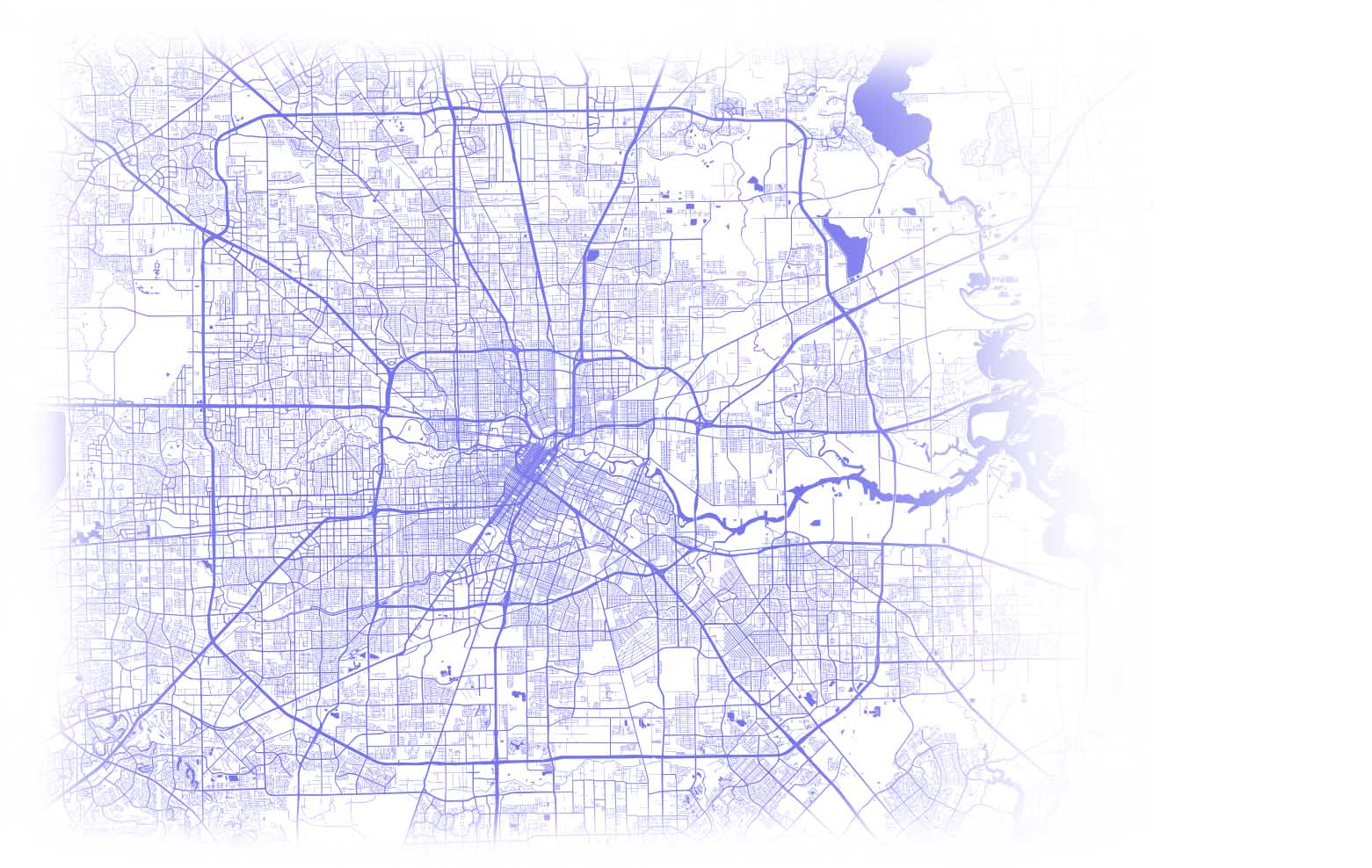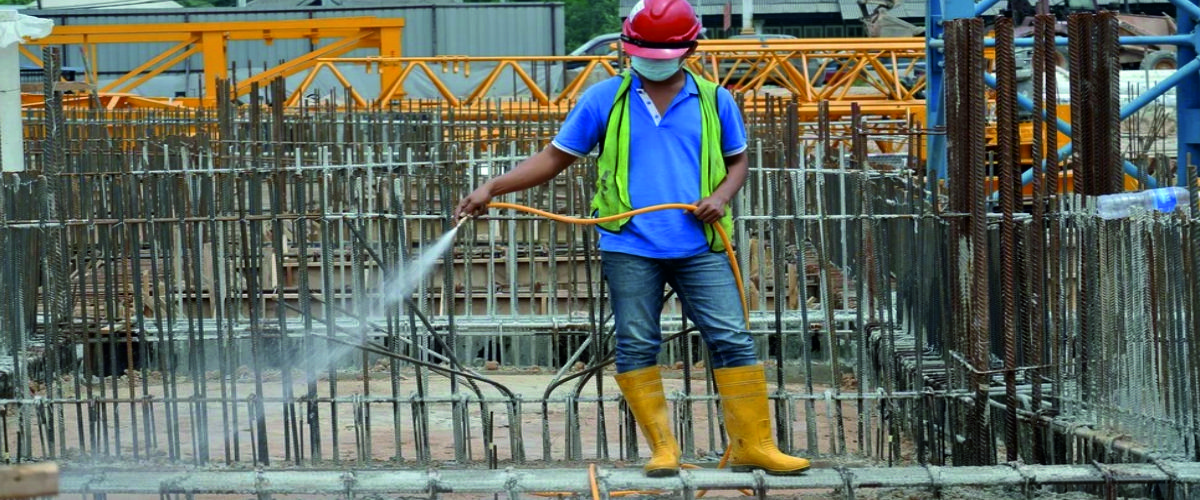
May, 29, 2023
Pre-construction Termite Treatment: The Ultimate Guide
Planning to buy a newly constructed house, but is fear of pest infestation haunting you? Pre-construction termite treatment can help you here!
Termites are pests that can damage your home’s wooden appliances, floors, and walls if left untreated. Most people believe that you can treat termites when they are present.
Thanks to modern technology that can help you with pre-construction termite treatment right while building a home. However, termites neither transmit nor carry a disease but you can be allergic to the
pest control treatment. So, note that any place with moisture, warmth, or food can be susceptible to termite attacks. Continue reading the blog to know effective solutions to get rid of termites.
What is Pre-Construction Anti-termite treatment?
Pre-Construction Anti Termite Treatment is performed before building construction. The pillars of the building, soil, and other joints are treated with chemicals between the ground and the foundation brickwork to keep termites at bay. Hire a professional pest control company to get started with the pre-construction anti-termite treatment.
Why do you need anti-termite treatment?
Termites enter the building underground and start damaging the integrity of the concrete structure. Pests eat up the wooden particles and make them spongy and porous. They make tiny holes in the concrete particles and later form cracks and create a drastic impact on the strength of the foundation.
That’s where anti-termite treatment comes into the picture.
Anti-Termite Treatment provides immediate protection to any structure from, rodents, and pests. This treatment is a one-time expense that lasts for a longer period of time and saves future extensive rehabilitation and repair work.
Termite Entry Points
- Termites are most likely to enter through
- Floor Expansion Joints
- Gaps of walls and floors that lead to cracks
- Floor surface
- At construction joints
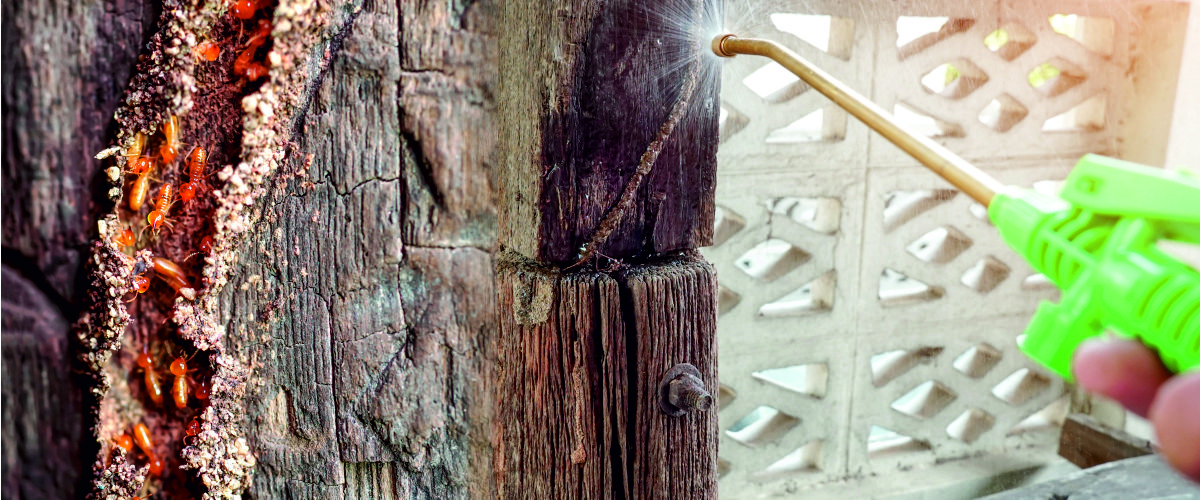
When to apply anti-termite procedure on soil?
- The anti-termite treatment begins during the foundation of the building or when the pits and foundation trenches are ready.
- Once the chemical emulsion has been absorbed into the soil and the surface is dry, mass concrete can be laid.
- It is recommended by experts to avoid anti-termite treatment when it rains as the soil becomes wet and saturated.
- You can apply the same rules for treating the filled earth surface in the plinth region before installing the floor subgrade.
- You should not disturb the treated soil barriers once they have been erected.
- Take immediate action in case the treated soil barriers are damaged accidentally. Repair them as soon as possible.
Procedure For Pre Construction Anti Termite Treatment:
Most importantly, you must clean the surface and keep it dry. Any corner with moisture attracts Termites. As per IS 6313 part II rules, the chemical needs to be injected to get rid of termites and pests.
Treatment at the Intersection of the Wall and Floor
You must take utmost care while establishing a continuous vertical soil or barrier on the inner wall surface right from the ground level. Move the rode holes and iron rod up to the ground level of 150 mm backward and forward.
Continue this to break up the chemical emulsion poured along the wall at the rate of 7.5 l/m2 of the vertical wall or column surface. This will soak up the soil right to the bottom. The Depth of each hole will be around 300 mm.
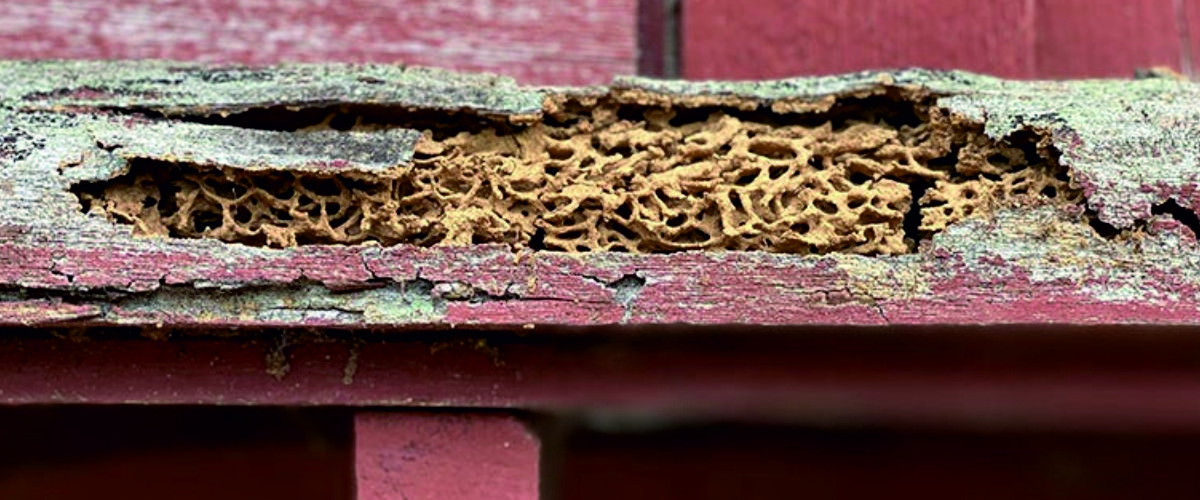
Anti Termite treatment for the foundation of Masonry walls & Basement
Apply the chemical to the bottom surface of the foundation and its side level to a height of around 300mm. This level must commemorate the height of excavation from the masonry foundation and basement for applying chemicals at a rate of 5 liters per square meter of surface area.
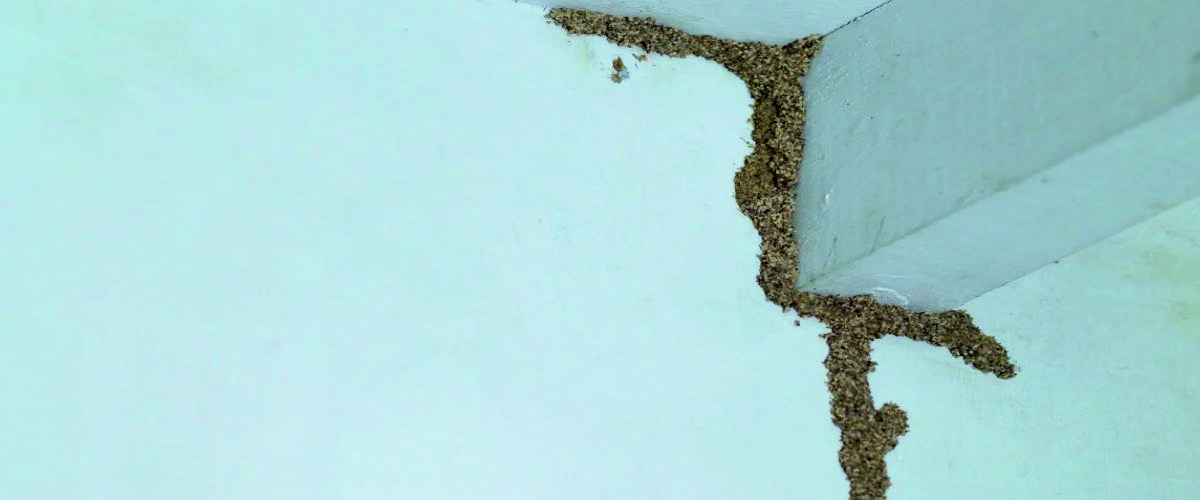
Anti-Termite Treatment to Vertical Backfilled Soil along the retaining wall
When the backfill comes in contact with the foundation structure, apply chemicals at a rate of 7.5 liters per square meter from each side of the foundation. Ensure it is treated once the masonry foundations and basement retaining walls have been constructed.
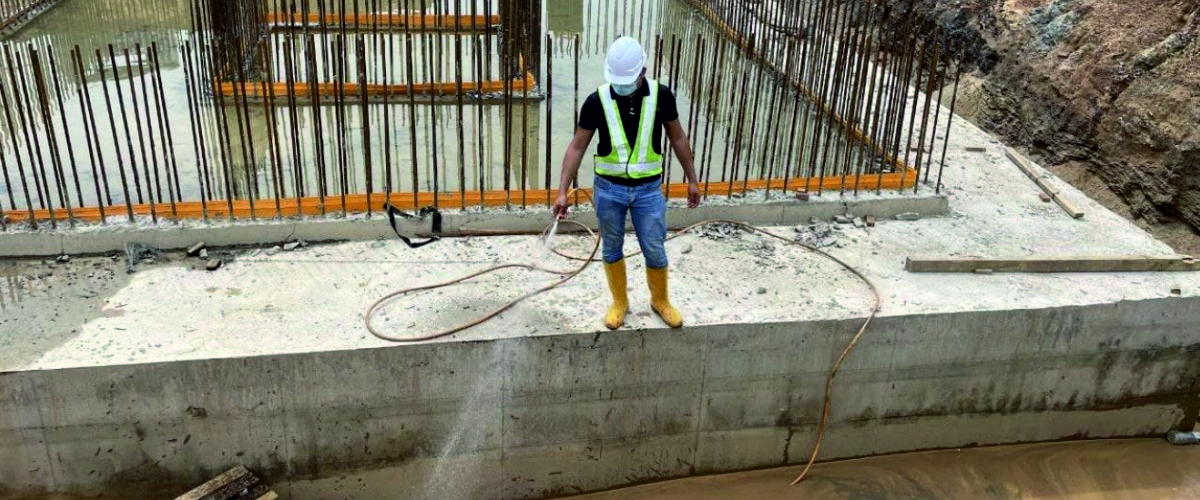
Anti Termite treatment of the top surface of the Plinth Filling
Treat the surface of the plinth filling before the sand bed is placed. Apply chemical emulsion at a rate of 5 l/m2. You can apply this treatment for DPC installed on the plinth wall.
In the case where the chemical emulsion is not soaking into the soil, make a hole up to the level of 50 to 75 mm deep at 150 mm centers both ways. You can drill on the surface with a 12 mm diameter mild steel rod to make chemicals seep into the soil.
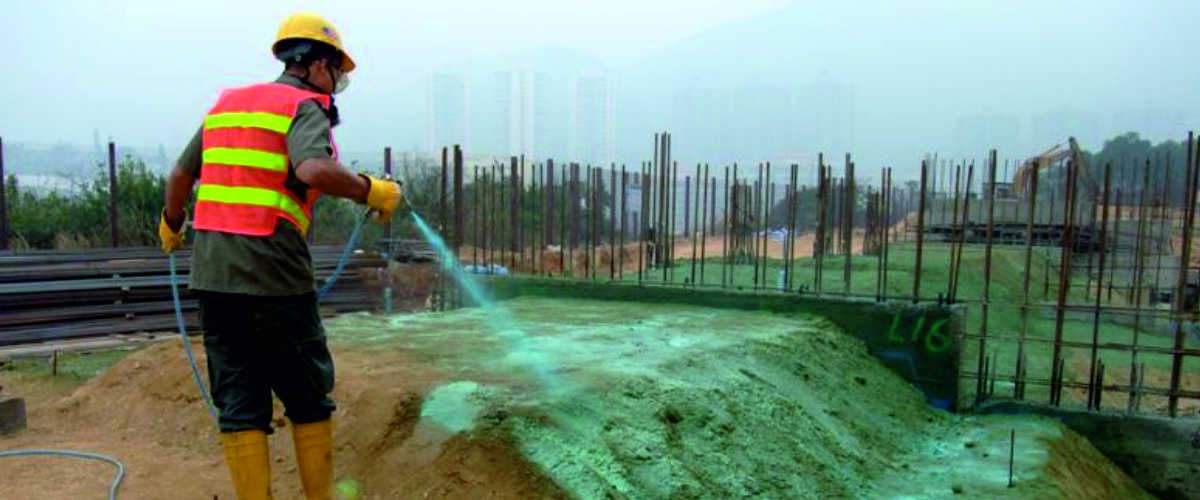
The Final Words
Treating termites before construction is really a preventative plan to keep termite infestation at bay. It involves various strategies for completing the termite treatment and offers instantaneous protection against termites, & crawling pests too.
Looking For commercial pest control Services In Your City?
Book Conquest Pest Control now for a complete termite removal service!




